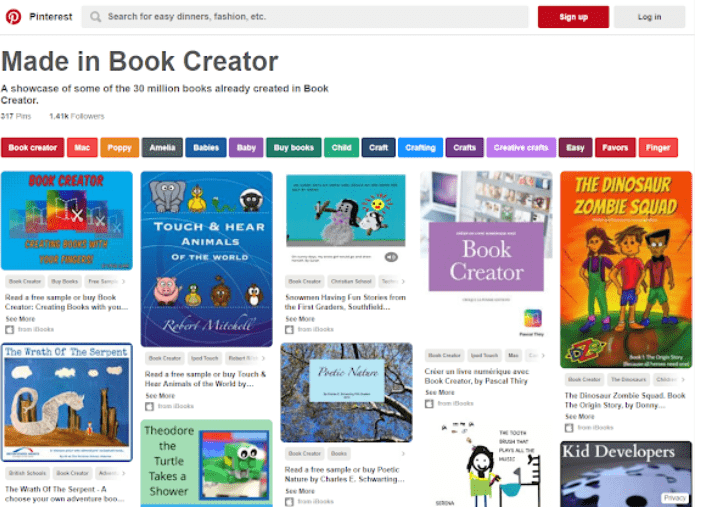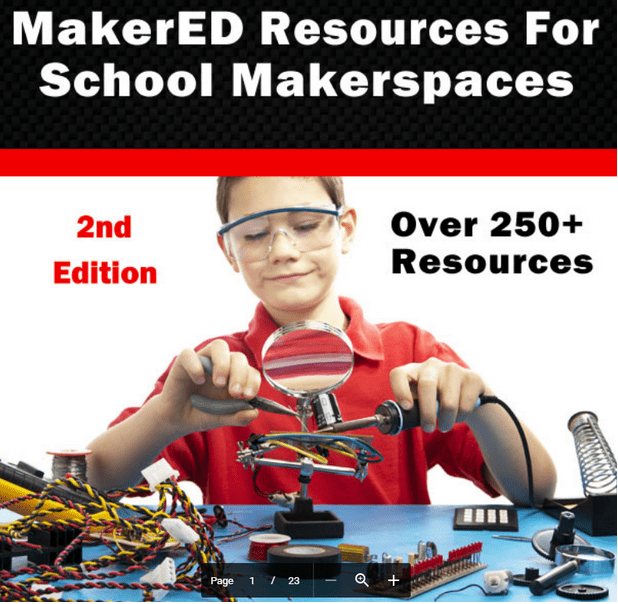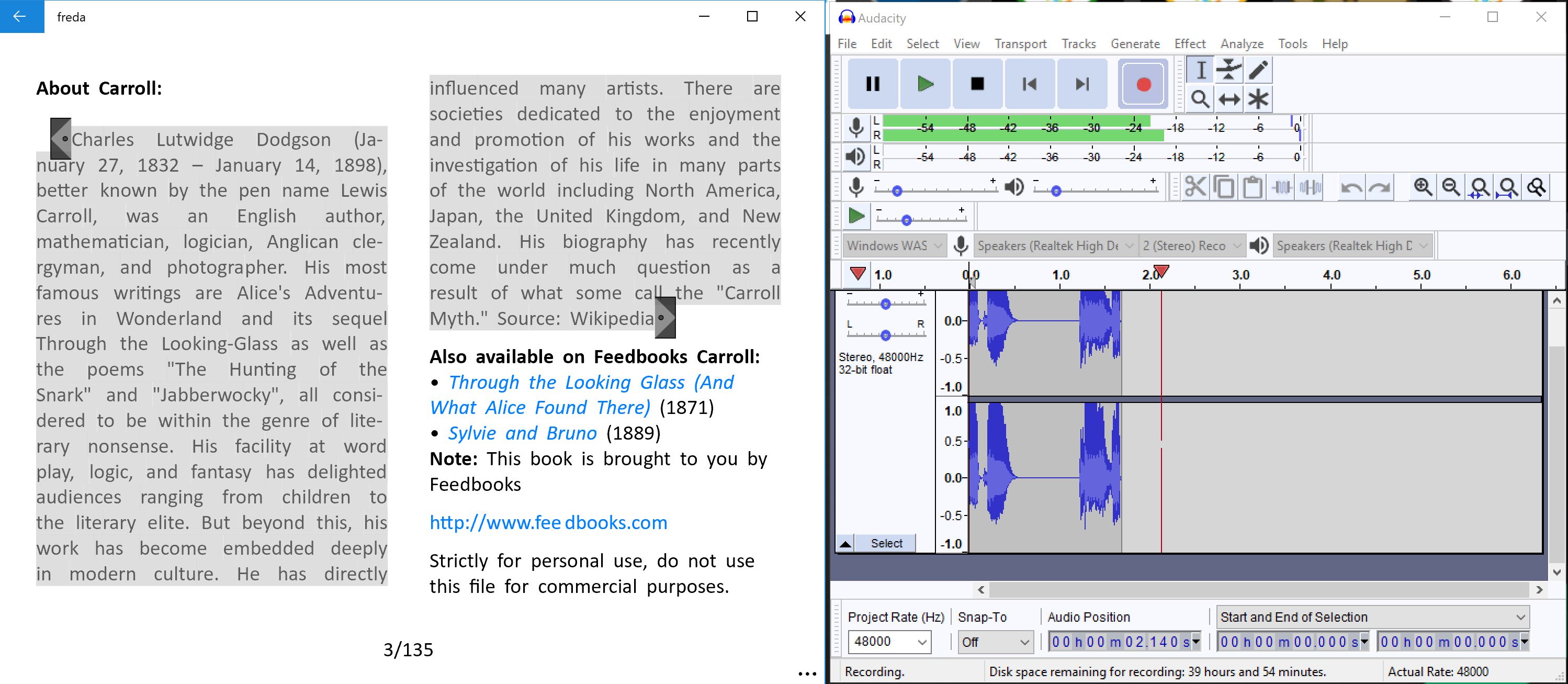Creating ebooks just got easier with the addition of new tools. If you haven’t kept up to date, you’ll want to read this blog entry. We will demystify key elements such as locating ebooks, ebook formats, converting eBooks, three fun approaches to creating ebooks, and copyright-friendly media. Ready to get started? If so, let’s begin!
1- Locating eBooks
Below, you will find some sites I have used in the past to find non-DRM (Digital Rights Management)-formatted ePubs. Finding non-Digital Rights Management (a.k.a. non-DRM) books can be a challenge for schools. This may be why OverDrive is heavily used in many libraries, and solutions like BiblioTech are quite popular.
- Best Free Children’s eBook Sources (100)
- Baen Free Library of Science Fiction
- Project Gutenberg
- Kindle Free Books
- Open Library
- Oz Stories
- Smashwords
- Waterstones
As in any library or book store, there exists content that may be inappropriate for younger readers. Have learning conversations with students and parents when counseling that they “find free stuff” to read on the web. With that caveat in mind, I have tried to link to the Children’s/Juvenile section of each ebook distributor below.
Did You Know? You can get free audio versions of traditional books via LibriVox. Why not use a QR Code to link directly to a story’s audio version? Or have students make their own!
2- eBook Formats
eBooks come in a wide variety of formats. Let’s review them, shall we?
ePub
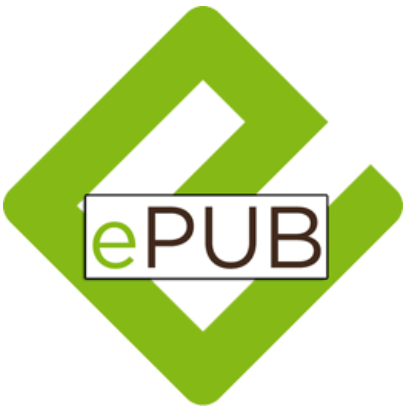 EPUB is an ebook file format with the extension .epub that can be downloaded and read on devices like smartphones, tablets, computers, or e-readers. It is a technical standard published by the International Digital Publishing Forum. Wikipedia
EPUB is an ebook file format with the extension .epub that can be downloaded and read on devices like smartphones, tablets, computers, or e-readers. It is a technical standard published by the International Digital Publishing Forum. Wikipedia
It is the standard format for these book publishers/sellers:
- Amazon Kindle Fire (not previous versions of Kindle, though)
- Apple iBooks
- Barnes and Noble
- Kobo
It is easy to make ePub-formatted documents. In fact, many word processors like Google Docs, Microsoft Word, and OpenOffice/LibreOffice support the export of documents to ePub format. Read about how Jonathan Moeller, one of my favorite authors, uses Sigil (a free cross-platform tool) to create/edit his ebooks.
ePubs come in two formats:
- Standard (without media like sound/videos) (text/images are included)
- Multimedia ebooks which feature sound/videos/text/images
Some eBook readers that work well with this format include Aldiko, Lithium, iBooks, Google Play Books, Freda, and Kindle. Some web-based tools include Readium or ePub Reader for the Chrome browser, and ePUBReader for Mozilla Firefox browser.
Mobi
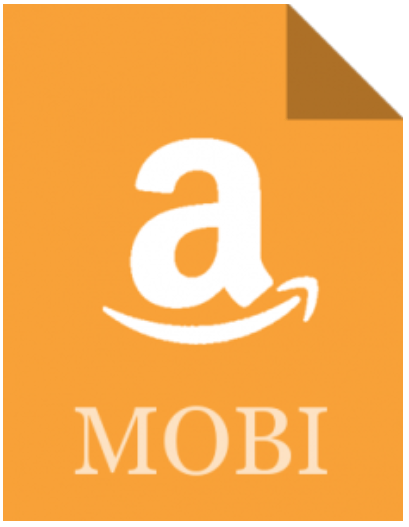 MOBI is an e-book file format with the extension .mobi that can be downloaded and read on devices that support the Amazon Kindle app. The format, customized by Amazon, is often used by Amazon’s ebooks and on little else. There are various programs for making a .mobi ebook file and Amazon provides some tools you can take advantage of. “You can upload and convert your eBook manuscript file from several supported formats. Before you publish, browse the topics below to learn more.” Learn more at this link.
MOBI is an e-book file format with the extension .mobi that can be downloaded and read on devices that support the Amazon Kindle app. The format, customized by Amazon, is often used by Amazon’s ebooks and on little else. There are various programs for making a .mobi ebook file and Amazon provides some tools you can take advantage of. “You can upload and convert your eBook manuscript file from several supported formats. Before you publish, browse the topics below to learn more.” Learn more at this link.
Some ebook readers that work well with Mobi format include Aldiko, Lithium, iBooks, Google Play Books, Freda, and, of course, Kindle.
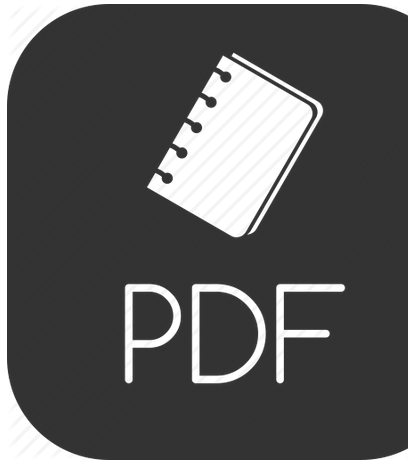 PDF is not an ebook format. Rather, it is a format that seeks to capture the printed version of a document, capturing the look-and-feel of the printed item as if it had appeared on the author’s printer. A large percentage of documents presented as ebooks appear as Adobe Portable Document Formats (PDFs).
PDF is not an ebook format. Rather, it is a format that seeks to capture the printed version of a document, capturing the look-and-feel of the printed item as if it had appeared on the author’s printer. A large percentage of documents presented as ebooks appear as Adobe Portable Document Formats (PDFs).
The reason PDF is not an ebook format is that it was never designed to appear in eReaders or reshape itself into a format viewable in such a device. It CAN be viewed on most modern devices, however.
Considering what version to publish ebooks to? The best answer is that ePub is the best format to create ebooks in. You can convert most documents into the ePub format and it will work on almost all devices using an eReader piece of software.
3 – Converting eBooks from One Format to Another
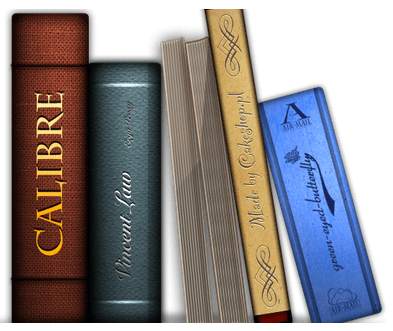 Need to convert ebooks from one format to another? Use Calibre, the free, open source software that works on any computer (not Chromebooks, though). Here’s how it’s described:
Need to convert ebooks from one format to another? Use Calibre, the free, open source software that works on any computer (not Chromebooks, though). Here’s how it’s described:
Using Calibre to convert is very easy.
- Plug in your ebook reader.
- Open Calibre and click the “Add books” button on the top left. Select your book.
- Click open. Select your book in the library list. By now, Calibe should have detected your ebook reader.
- Click “Send to device” from the middle of the top toolbar.
- Calibre is smart enough to know if the book is in a format supported by your reader. If it’s not, it will ask you if you want to auto convert it. Say yes, and it will take care of the conversion and put the book on your reader.
Calibre worries about the formats and converting for you. Auto conversion is the easiest way to go and, in most cases, will be all you need to do. Here is a short video explaining how to use Calibre:
4- Creating eBooks: Fun Approaches
There are several approaches you can take to create ebooks in your classroom. Let’s explore a few, as well as learn about a new one from Apple that just became available.
Approach #1 – Book Creator
If you haven’t used Book Creator, it is an excellent, collaborative ($) ePub creation tool boasting over 15 million ebooks. It works on Chromebooks, iOS, Android, and Windows devices. Book Creator allows you to create a simple ePub without media or an enhanced ePub with video, audio, and more embedded. Read their blog for TONS of ideas.
This versatility means you can create content on an iPad/iOS device and share it with a wide variety of audiences. You can also share it to cloud storage (e.g. Dropbox, iCloud, Google Drive, or iCloud). It also supports the creation of digital comic books, something your students will love. That’s amazing!
Check out my ebook on App-Smashing, created with Book Creator.
Approach #2 – Google Docs to ePub
EPUB is the most widely-supported file format for publishing accessible documents and digital books, allowing people to consume long-form content in their preferred apps on a diverse range of screen sizes and devices, including smartphones, tablets, and ereaders.
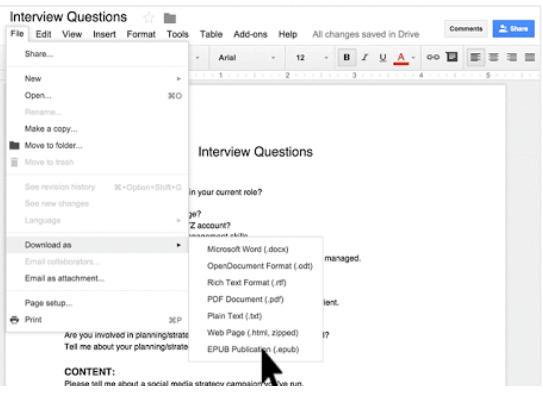
To make it easier for authors, publishers, and academic institutions to create works that can be consumed digitally, today we’re launching the ability to export Google Docs files as EPUB publications. Simply go to the File menu > Download as > EPUB Publication (.epub). (Source)
Here are two ebooks created in Google Docs using the ePub export.
What documents could you take and export to ePub format to make them easier to read on mobile devices?
Approach #3 – Google Slides to PDF
Use Google Slides as a collaborative ebook development tool. Ready to get started? Follow these four easy steps outlined in this TCEA blog entry, Google Slides Ebook Creation in Four Quick, Easy Steps:
- Customize the slides
- Add content
- Download as a PDF (or publish online as a Google Slides)
- Share the ebook
Here’s another guide to ebook creation from Texas’ Kasey “Shake Up Learning” Bell.
Use one of the many available ebook templates available in PowerPoint to create your own Google Slides ebook.
Tips for PDF eBook Creators
Here are some tips from two ebook authors, Erfili Davis and Jennifer Gonzales. Check out Erifili Davis’ blog entry on the topic of ebooks with Google Slides. She’s created some great video tutorials and a free template packet (click link to make a copy) you can start with. Read Erifili’s six tips to help you (or your class) create your first ebook using Google Apps for Education. As she points out, “These techniques are just as useful to anyone looking to self-publish an ebook, including general users of the free Google Drive and Google Apps for Work users.”
“With Google Slides, students can create a simple ebook that includes text, photos, videos, and links,” says Diana Benner in this TCEA TechNotes blog entry. “They can even create or select themes, templates, and layouts for their book. Once created, the ebooks can be shared with other students, both locally and around the world, for feedback.” Find more ideas online at this blog entry to find out about more ideas.
Apple Announces ePub Export Function
“The update to Pages brings some of the features of Apple’s book creation app for the Mac ‘iBooks Author’ to the iPad for the first time,” states the Book Creator blog entry. Apple’s Spring 2018 Education event made this news public. “With Pages, you can export your documents in EPUB format so they can be read using iBooks on your iPhone, iPad, iPod touch, Mac, or with other third-party EPUB readers,” says the Apple website where you can read up on the process.
Make Computer Voice Narrated Audiobooks (Updated: 7/28/2019)
Wish you could turn student-created ePub files into narrated audiobooks? Or, make any ePub into an audiobook? You can on your Windows 10 computer. Take advantage of the Freda ebook reader’s built-in audio reader. First, save your Google Doc file as an ePub file on your computer. Then, open the file using Freda ebook reader. Once the file is open, have Freda read the file to you.
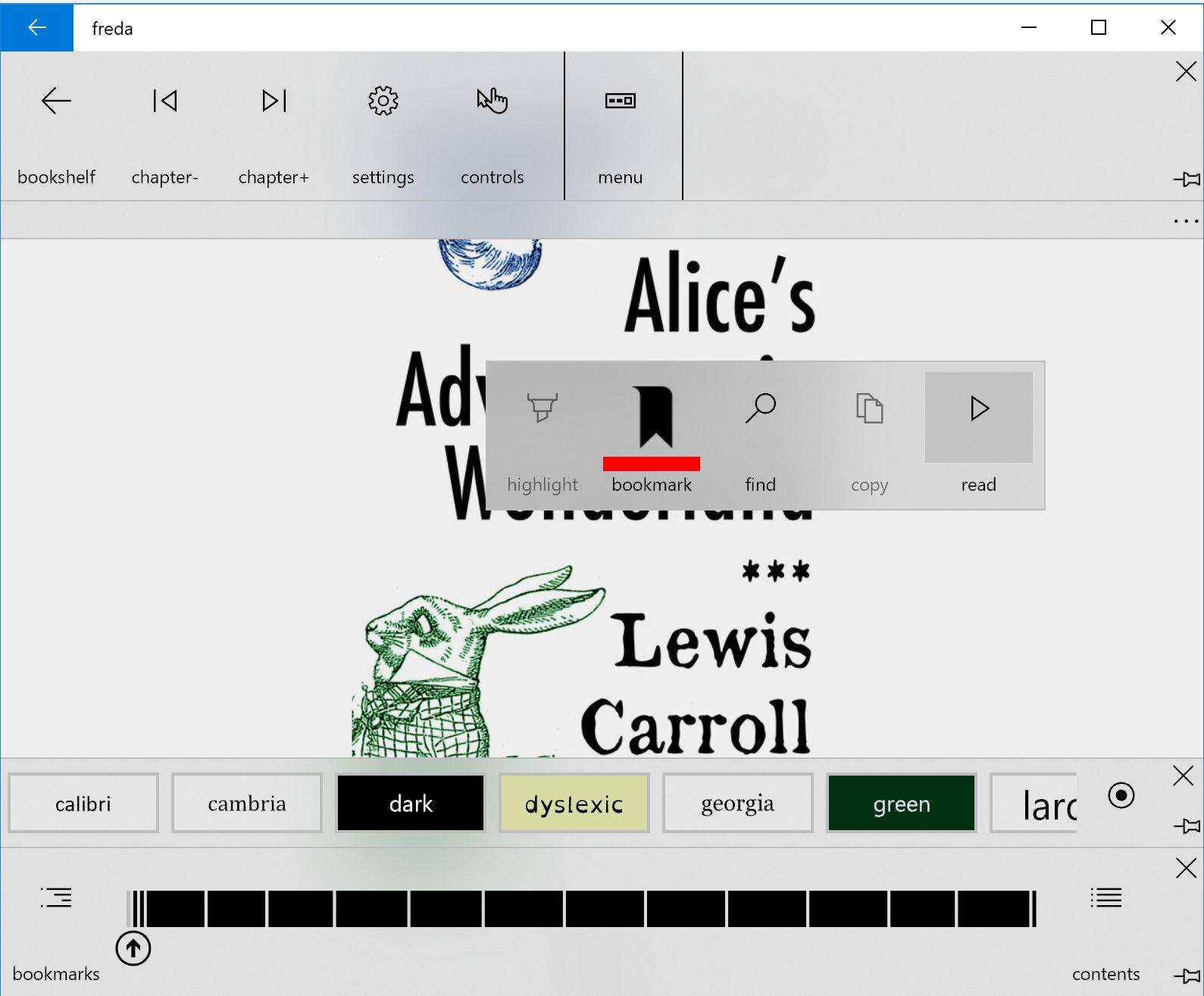
When you first ask Freda to read an ebook to you, you will see the following…you’ll want to choose READ ALOUD:
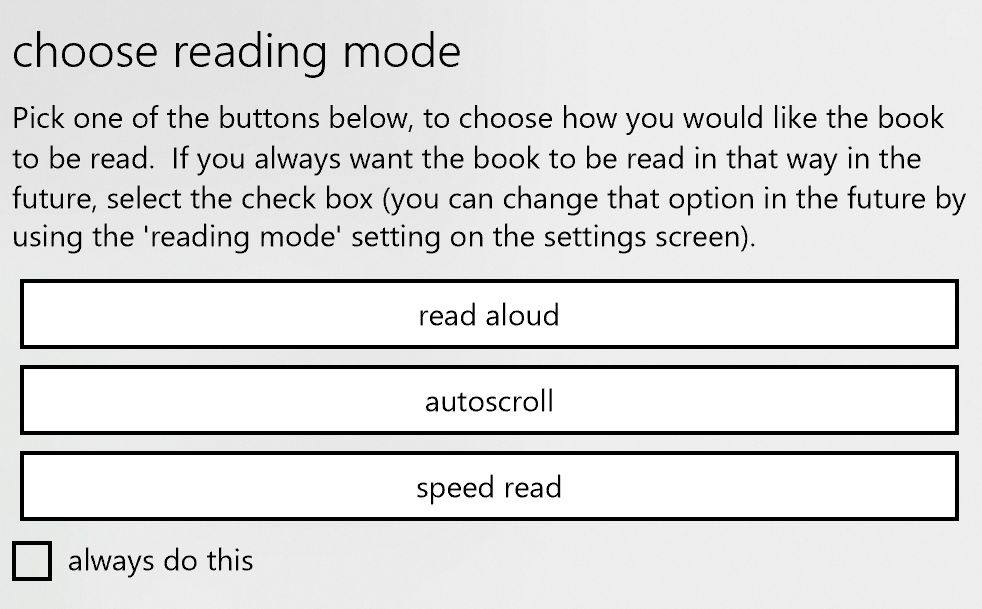
You can choose several voices (Microsoft David, Zira, or Mark) when having Freda read the ebook to you, as shown below:
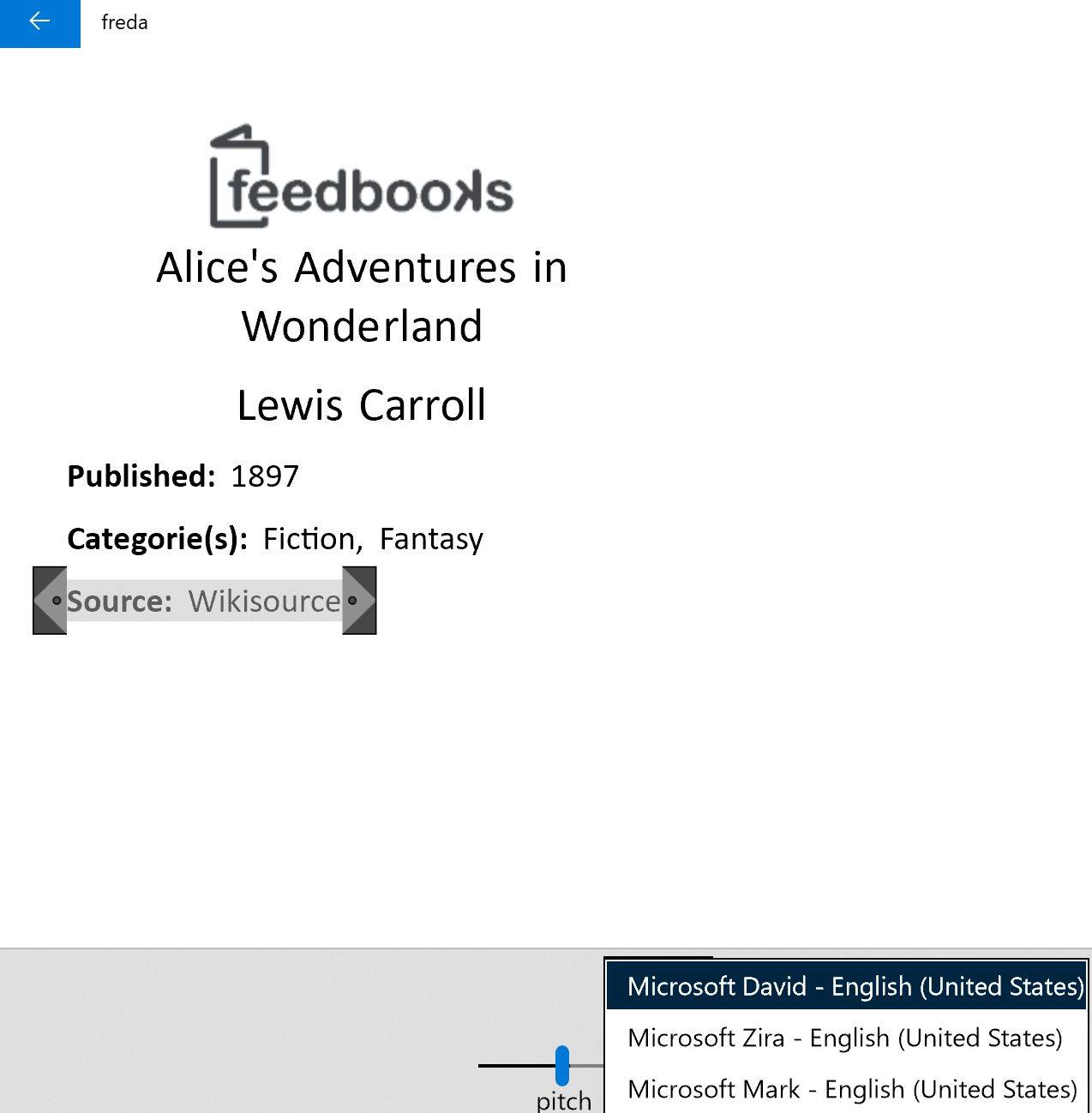
Try out the different voices to see which you prefer.
The next question to consider is, How to record Freda reading the ebook to you? To accomplish that, you’ll need to get the free, open source audio editor, Audacity. Once you have it installed on your Windows 10 computer, you will need to adjust some of its settings. You’ll need to set the preferences as shown below:
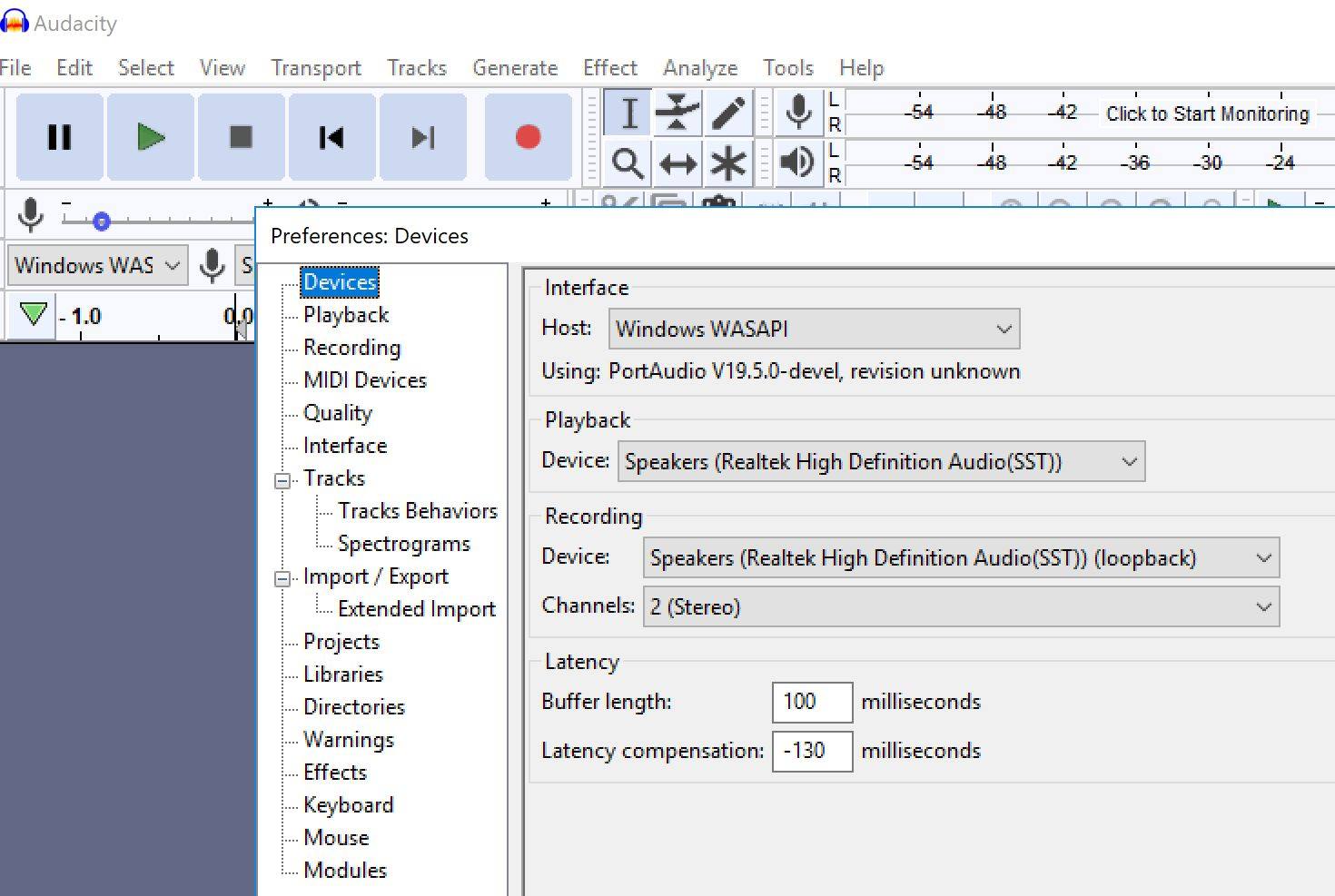
Make sure to change the Recording settings to ENABLE “Sound Activated Recording.” That way, you can turn on Audacity, have it record once you turn on Freda to read aloud.
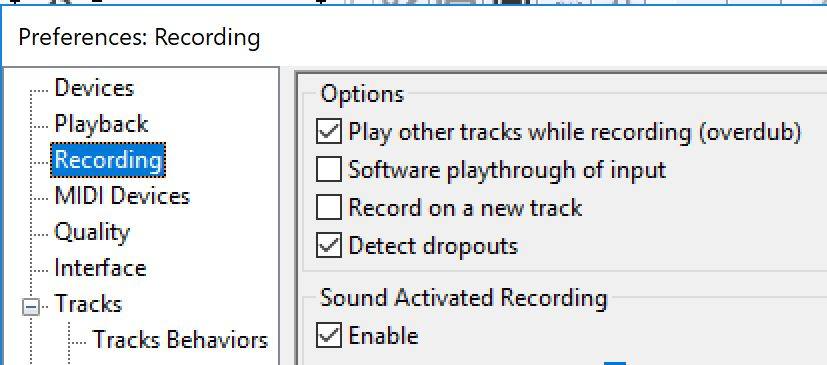
This will allow you to record audio from your Windows 10 computer as Freda ebook reader reads the book aloud to you. Here’s what that looks like:
Listen to Microsoft David read About Carroll.
Ready to Begin?
“Student-centered products enable learners to showcase their new knowledge and skills in relation to a particular topic in an infinite variety of ways,” write the authors of Digital Media in Today’s Classrooms. Charge your students with tasks that require creativity, analysis, and application. Get started now!


